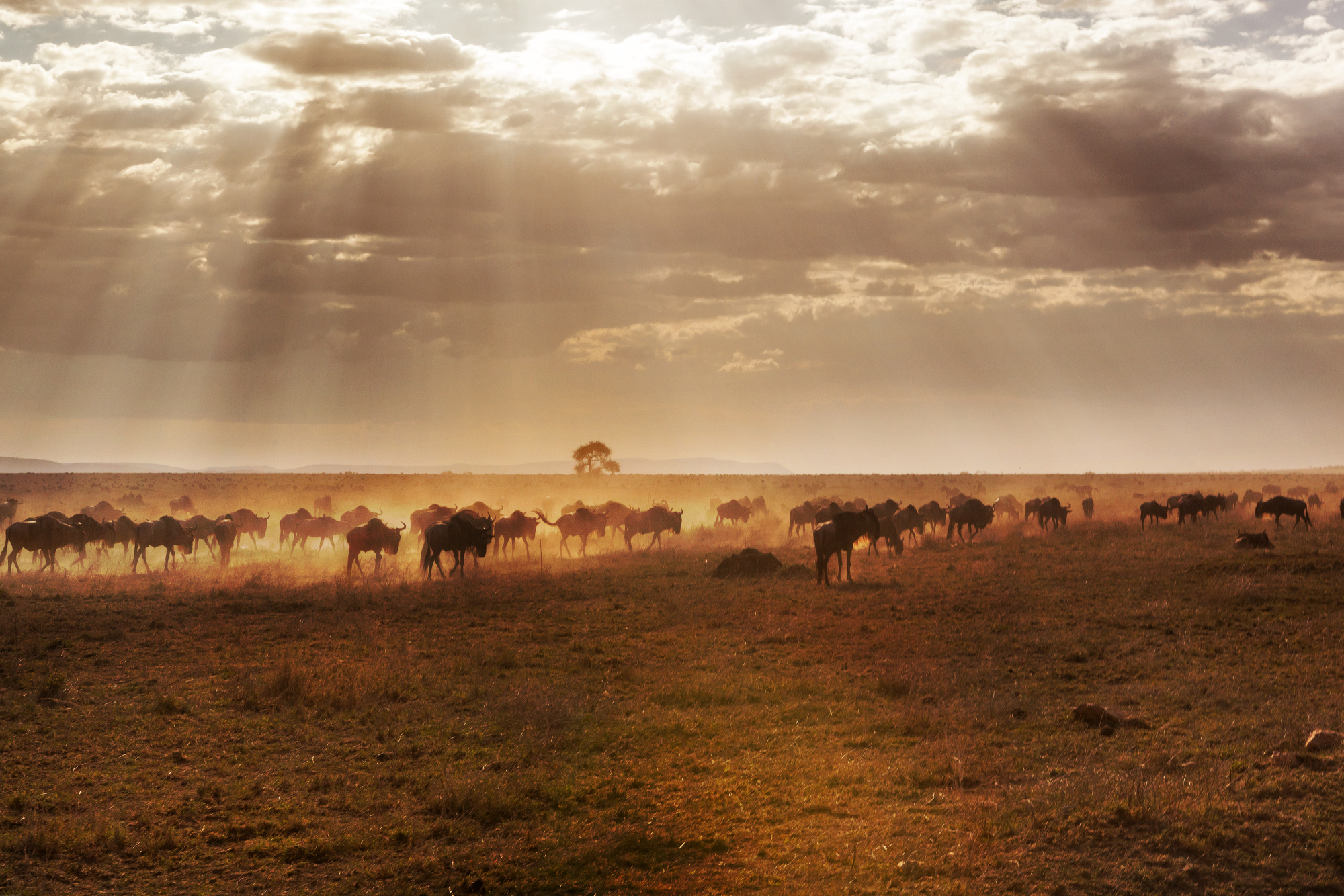As development carves deeper into Africa’s wildlands, apex species like lions are increasingly boxed into shrinking habitats. New global guidelines underscore a reality long understood by conservationists on the ground: lions need connected landscapes, not fragmented ones. Roads, fences, and unchecked expansion isolate prides, restrict genetic flow, and escalate human-wildlife conflict. The solution? Smarter infrastructure, wildlife corridors, and planning that prioritizes movement and ecological balance—not just concrete growth.
Meanwhile, the rhino crisis is reaching a critical point. Despite decades of investment, rhinos—especially in South Africa’s state parks like Kruger—are suffering sharp population declines due to relentless poaching driven by international demand. Yet, there’s hope: private and communal lands now safeguard over half of Africa’s remaining rhinos. These landholders are leading the charge, but rising security costs threaten to make rhino conservation economically unsustainable.
If we want to keep lions on the landscape and rhinos off the extinction list, we need policies that incentivize landowners, empower local communities, and make conservation economically viable. That means supporting regulated hunting, sustainable use, and trade frameworks that give value to wildlife and reward those protecting it.
Conservation isn’t just about protection—it’s about production, management, and smart coexistence. When wildlife has space to move, and when people have a reason to conserve it, both nature and communities thrive.

